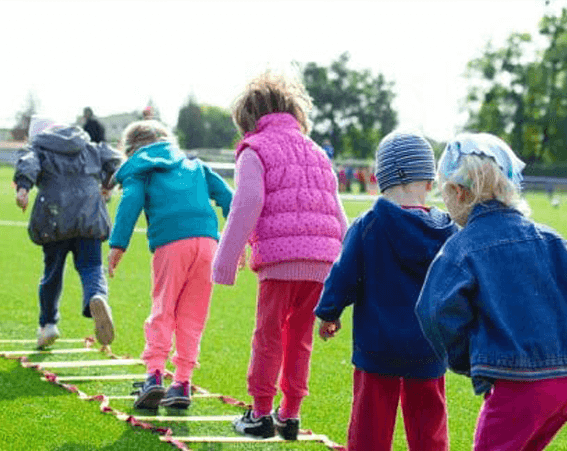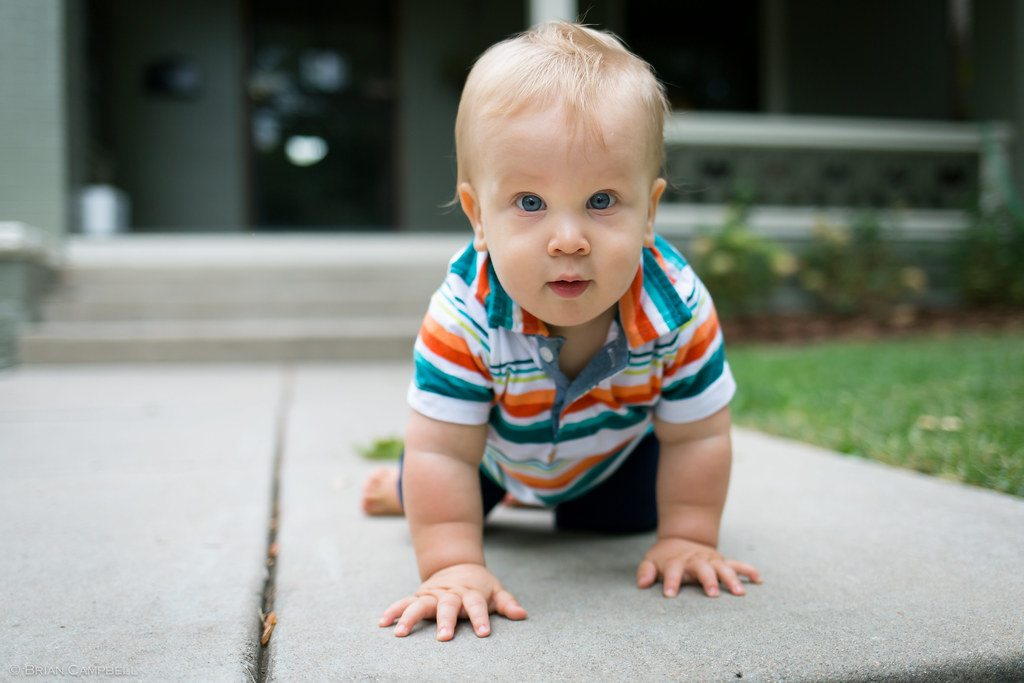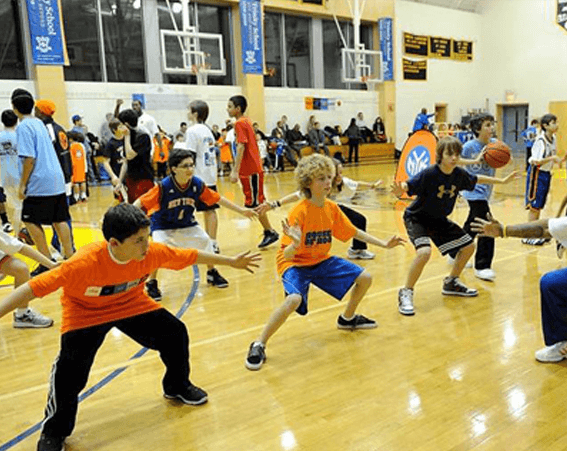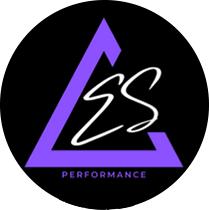
19 Dec What Your Child Athlete Needs
Ever had a baby at the same time as your neighbor?
Your children grew up together, played together, took field trips together, went to the park together, took neighborhood strolls together, and ate grilled cheese sandwiches together?
Alas, as much as they did as a pair, and were the exact same age, you wondered why your kid crawled long after your neighbor’s kid. Frustrated, even.
But then, you wondered why your kid talked before theirs. Ah, feeling good about their development again.
But wait, you wondered why your kid was not as good at stacking LEGOs as theirs. Ugh, this development thing is confusing.
But then, you wondered why your kid was kicking the soccer ball before theirs. Yes, my baby is growing!
But then, you wondered why your kid took longer to stand up on two feet and walk. Ugh, will they walk already?

Child development is amazing, yet complex. And I get the urge to teach children to crawl, walk, jump, throw, kick, balance, catch, and run as soon as possible.
But this all becomes problematic when we look to our neighbor’s kid in comparison. Developmentally, they’re on a different path and going at a different rate than your child.
Though they’re the same age, we can’t rush your child’s development. It’s like yelling at a flower in the winter to bloom faster.
This goes against the natural order of life, and rushes a process that is slow and delicate. Kids’ bodies are the same: we can’t force their reflexive coordination to speed up. We can’t yell at their muscles to grow. We can’t scold them for not connecting the two hemispheres of their brain if they’re only getting repetitive movements through a single sport year-round.
Instead, as youth performance coach Dave Gleason says, we need to “meet kids where they are.”

I know we can get ahead of ourselves to ensure our 7-year-old is being challenged enough, getting a million touches on the ball, playing on two soccer teams and one futsal team, and getting better at her sport through extra skills training.
But. What she needs isn’t more primary sport.
She needs more variety of movement. Human development 101: develop the human first, the player second.
Of course, I could go into the benefits of working on youth physical development qualities like coordination, balance, strength against bodyweight, force absorption against bodyweight, and spatial awareness at this age.
It’s all critical.
And I could get into how I see kids who specialized at age 7 come to me in high school for training.
And guess what? These kids are the ones who are tripping over themselves, slouching their shoulders, slowing down and hitting a wall. As much as we think specializing early will give these kids a jumpstart, they’ve actually fallen behind.
I see this every day.
On the flip side, the best players who come to me?
Played multiple sports, got outside, climbed trees and monkey bars from age 7 until 13. They have no compensatory movement patterns. They have clean coordination. They have lightning speed. They have superhuman strength.
Going beyond the physical piece, I’m concerned about brain development, too.
Organized sports are replacing free play and good old-fashioned creativity. This sure has its way of diminishing confidence, under-developing the right side of the brain, diminishing the ability to handle the spontaneity of sports, and to problem solve and understand tactics.
Back in the day, we played Capture the Flag and learned how to navigate through the woods.
Back then, we fell from monkey bars and learned how to fall and absorb force.
Back then, we climbed trees and learned how to use our bodyweight to overcome feats of strength.
Back then, we grappled in neighborhood football and learned to get comfortable with contact and aggression.
And now? This is few and far between.
But the young ones who do come to me, who I know play multiple sports, and get outside as much as possible, are the ones who can problem solve with the bat of an eyelash.
In my sessions, I can see their brains doing calculations with ease and at speed when I present them with a task that needs to be done for time.
So what does your child athlete need if they are only getting primary sport and not enough of everything else?
1. More free play.
The playground is my first recommendation. But if they aren’t getting that and need the extra motivation, I highly recommend signing them up for a youth fitness program with a strength coach. This program needs to address all youth physical development components:
– Object Manipulation
– Coordination
– Cutting, Dodging, Rolling, Twisting
– Bodyweight Strength
– Static and Dynamic Balance
– Plyometrics Against Bodyweight
– Reactivity
– Vestibular System Activation
– Stability
And all of these are sprinkled into game play, competitions, races, and chase drills:
2. A month off from primary sport.
“But they just love soccer!”
I don’t care. Be a parent. I know it’s hard to say “no” to an exuberant and passionate kid, and to go against what everyone else is doing in your neighborhood, but from a physiological standpoint, we need to look after their development.
Especially when they are going through the critical years of growth spurts and onset of menstrual cycles when the risk for overuse injury spikes, it’s paramount your child is recovering.
Give them time off. Their skills and athleticism won’t wither away.
3. A positive role model.
“They’re just being hard on my kid! It’s good!”
No, it’s not. Coaches should never scream, degrade, or berate a 7-year-old. Ever.
It is absolutely possible to run an intense session, and ensure kids leave sweaty and red in the face, yet with a beaming smile and a healthier heart.
A coach who is a positive role model and who runs enjoyable, yet hardcore sessions will leave a mark on your child’s life, with unforgettable memories.
The fun times, after all, are what youth sports are all about.
Child development is something that needs to be approached with great care, but also, with awareness that this stuff takes time.
There is no need to rush your kid beyond what they’re capable of right now.
As long as they enjoy themselves, are exposed to a variety of movement, and have a caring coach in their lives, their development falls into place as they get older.
Develop the human first. Not the player.


No Comments